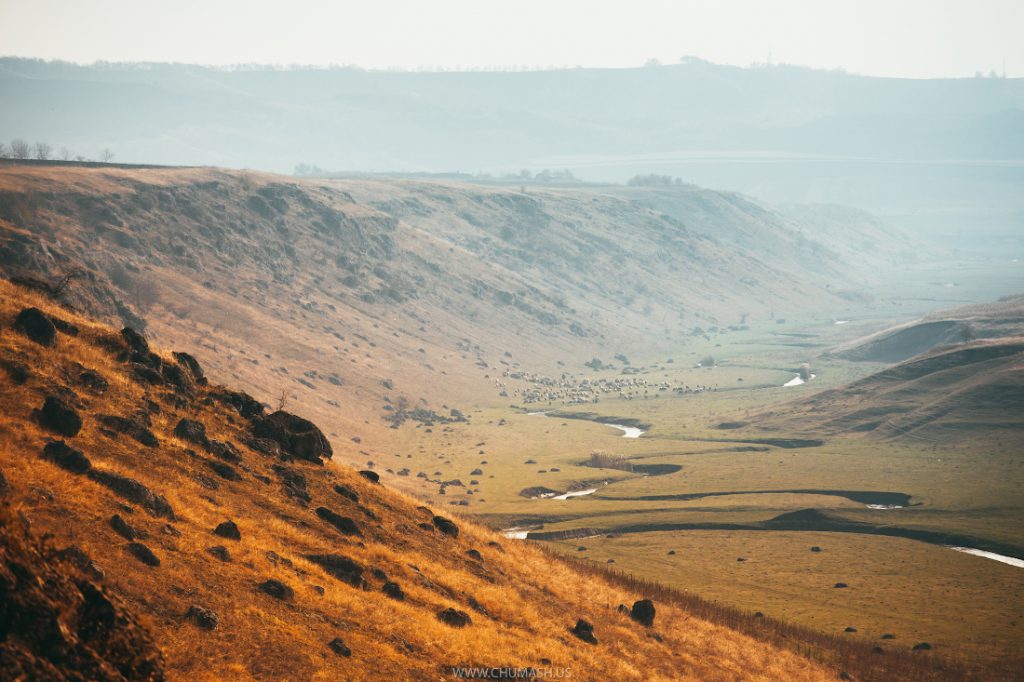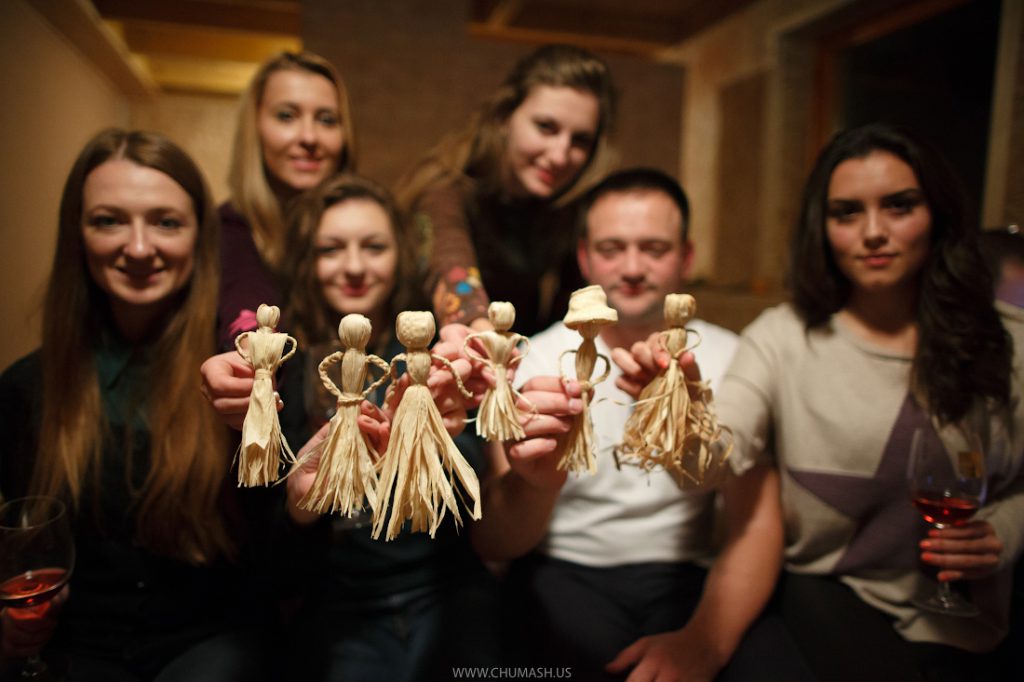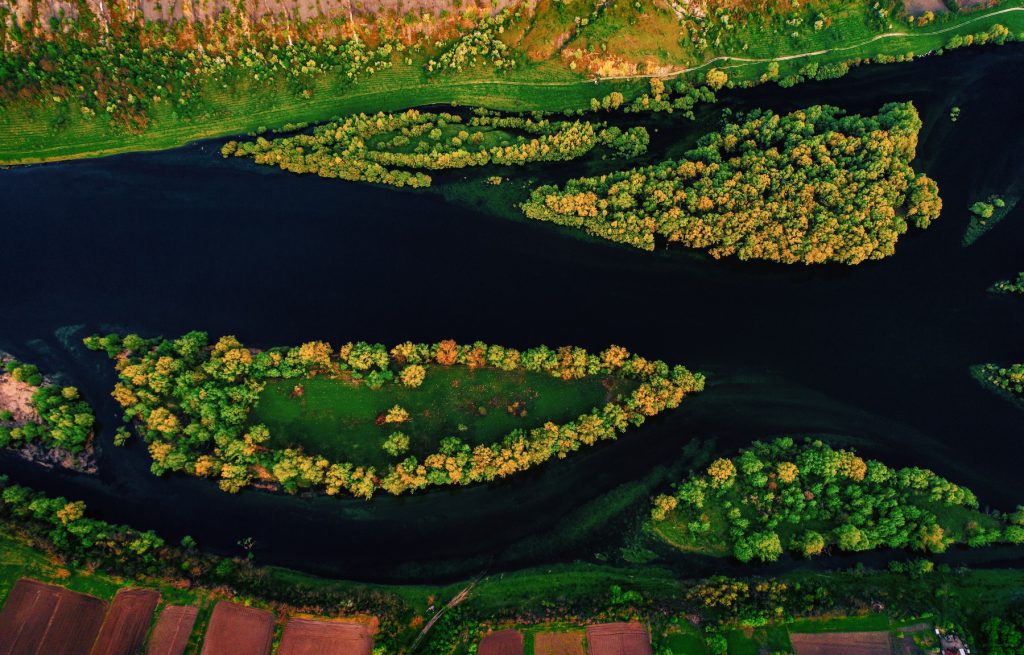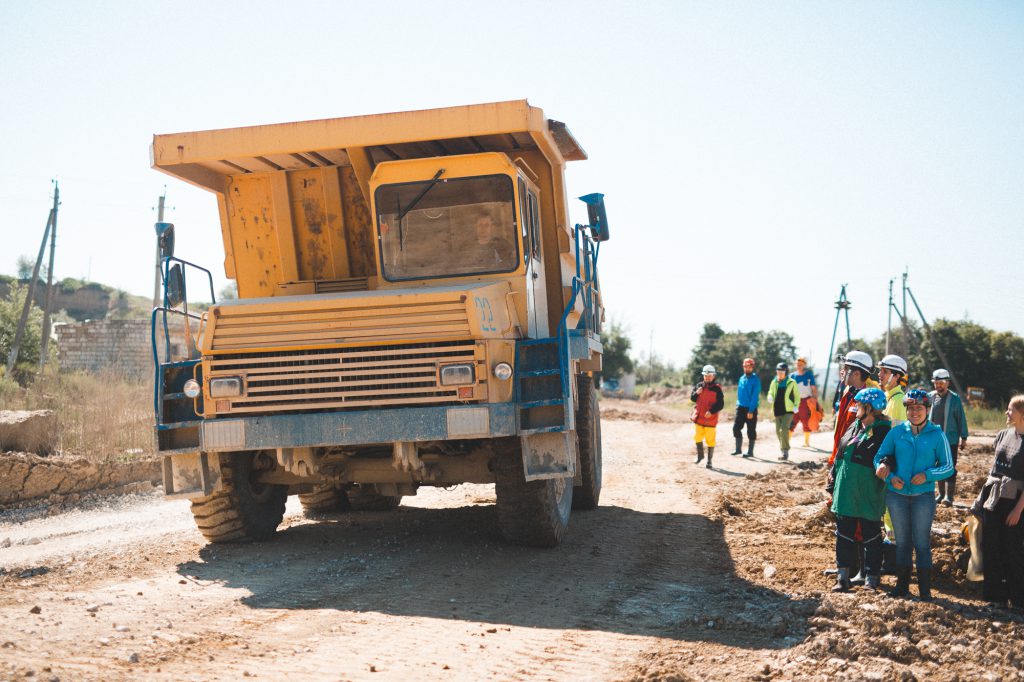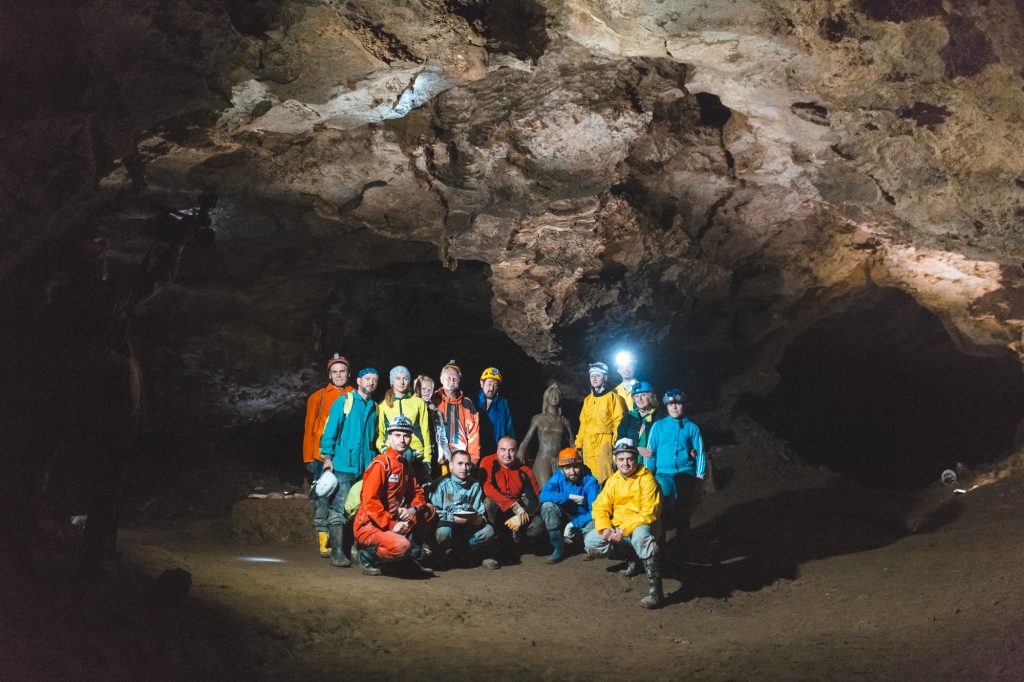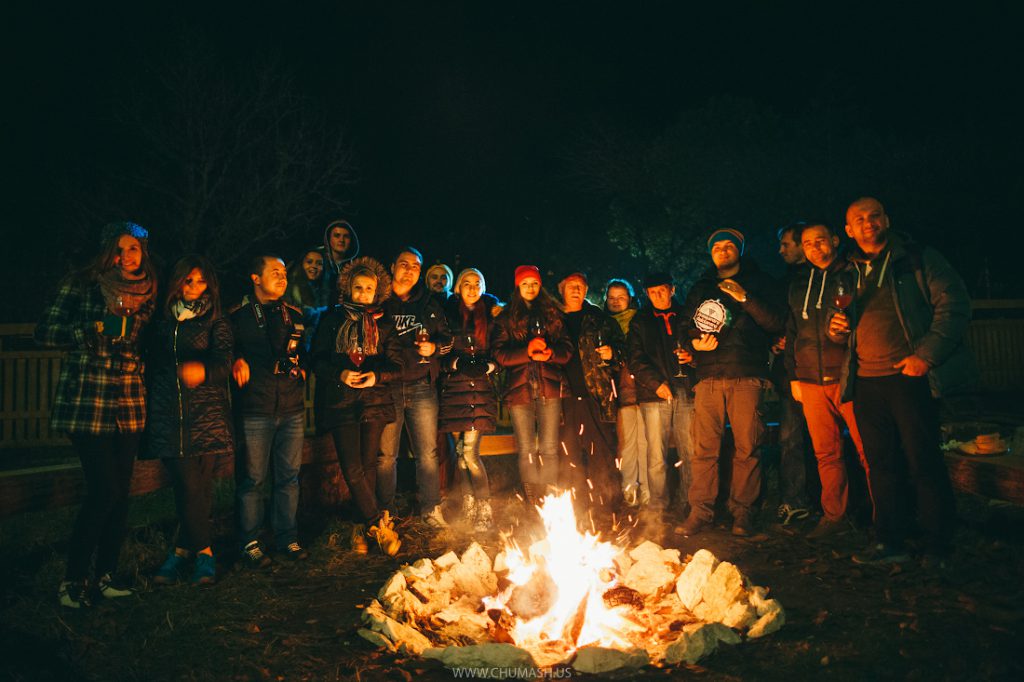Discover the North of Moldova, a region bursting with incredible nature, a rich history, a diverse cultural mix, architectural monuments and some of the best Divine, or brandy, around.
North of Moldova
For nature-lovers and adventurers, some of the best places to visit in Northern Moldova include Balanesti Hill with the highest point in Moldova, Suta de Movile with the mystery of its thousands of hills, Naslavea with its incredible views over the Dniester River, and Criva Caves, one of the world’s largest caves. History and culture lovers will enjoy visiting the old manor houses and churches in Drochia and Bocancia, as well as the beautifully landscaped Taul Park.
And for a completely different experience with a lot of fun, go to Soroca, known as the Roma capital. You’ll not only have a chance to see the impressive Soroca Fortress built by Stephen the Great in 1499, but you can visit the Roma quarter, known as Gypsy Hill, with its mansions on a hill overlooking downtown Soroca. Maybe you’ll have a chance to meet the Roma baron himself or get offered a snack made by the baroness herself. Anything is possible in northern Moldova.
No matter where you go in northern Moldova, be sure to visit the local food markets in villages and get a taste of local food products. The freshness, taste and flavors will astound you. Now you know the secret as to why Moldovan food is so tasty. North Moldova is also one of the best places to taste divine, the local brandy, as several of the stops on the Divine Route are in this region.
This northern Moldova travel guide includes all the details on the best places to visit in northern Moldova, including a map highlighting all the top things to see and where they are located. We also share information on where to stay and family-run guesthouses in northern Moldova, as well as local festivals and events. If you prefer to explore on foot, be sure to check out the new hiking trail that goes to Balanesti Hill or the newly developed Prut Cliffs hiking and touristic routes.
————
If you’d like assistance in planning your trip to Moldova or creating a customized travel itinerary with a mixture of the things to do and attractions highlighted below, please get in touch with one of our trusted Moldovan tour operators or travel agencies. You can also search for a qualified Moldovan tour guide with foreign language skills and expertise on different topics.
Explore locations in the North of Moldova
Suta de Movile (Valley of the Hundred Hills)
See on mapAlthough it is called the Valley of the Hundred Hills, the rolling landscape near Braniste actually contains more than 3,000 undulations. It is such an unusual formation that you are unlikely to see anything like it elsewhere.
Legend has it that the mounds are the graves of Getae, an ancient tribal people who lived along the lower Danube River and nearby plains. The story goes that the tribe posted sentinels on the hills to warn of enemies’ approach.
Those who say the legend is untrue contend that only God could have created such a stunning, geologically symmetric arrangement.

Balti, the northern capital
See on mapWith a population of 125,000, Balti is Moldova’s second-largest city. Its homes, public buildings, churches and schools are a mix of architectural styles, including early 19th Century Romanian, Soviet and neo-Romanian. Balti’s streets are quieter than Chisinau’s bustling thoroughfares.
But it isn’t boring, and it offers a few mysteries. For example, why is a tank sitting in the main square, and why does the city have two airports instead of one? To clear up those conundrums, you’ll have to come see the city yourself.
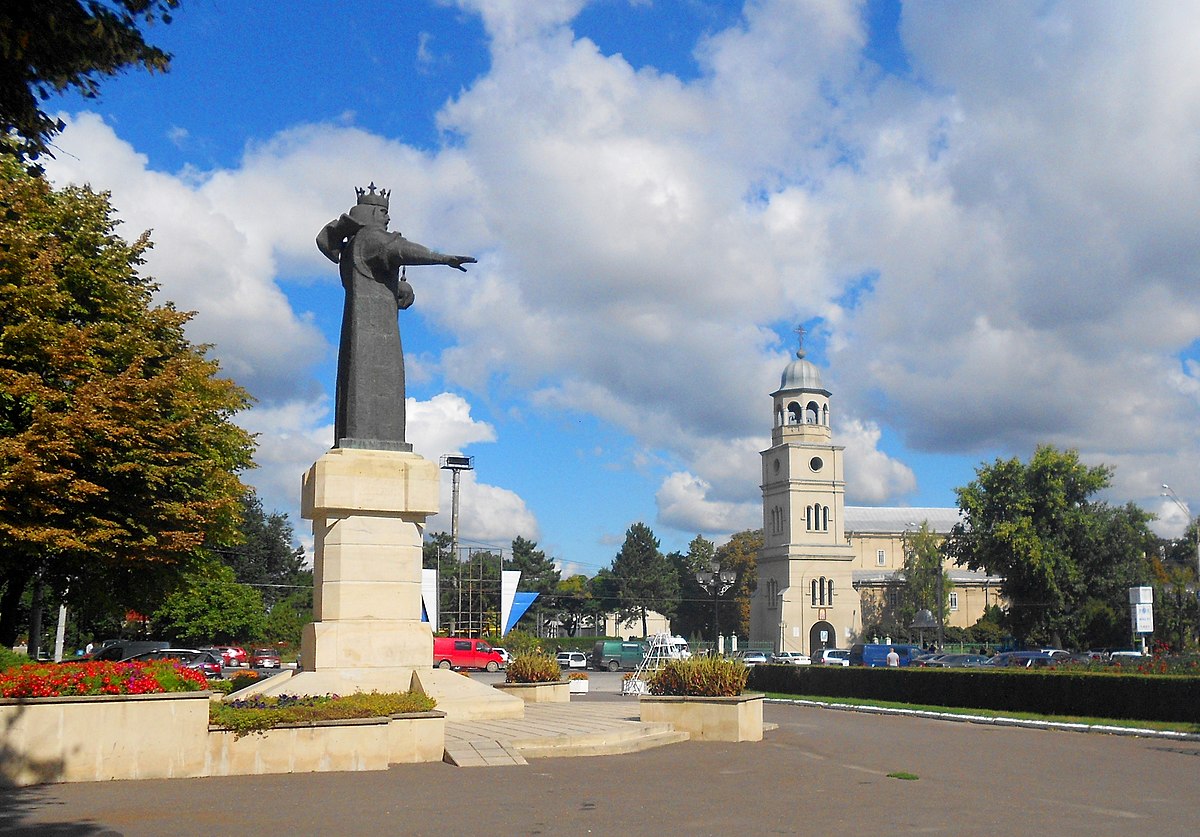
Barza Albă Cognac Distillery
See on mapLocated in the North of Moldova, in the heart of Balti city, the “Barza Alba” Divine Factory was founded in 1944. The name “Barza Albă” comes from a beautiful legend, according to which, in the time of Stephen the Great, a herd of noble storks carrying bunches of grapes in their beaks, which they let fall inside the citadel, saved the defenders of a fortress from the siege of the Tartars. The grapes and the invaluable help of these fliers increased the forces and raised the morale of the troops who heroically repelled the attacks of the invaders until the army led by Stephen the Great came to their support. ”Barza Alba” has an impressive portfolio of ennobled divinities in barrels from 3 to 50 years. Among the most recognized divinities produced by ”Barza Albă” are “Belîi Aist”, “Bălți”, “Speranta”, “Prezident” etc. Over the years, these divines have accumulated more than 150 medals in their records, of which 80 gold, 10 “Grand Prix” but also the “Star AWARD” prize for special merits in the field of quality. “Barza Albă” is the right destination for wine tourism lovers and those who are looking for new wine experiences full of refinement. The company’s sommelier is the one who will tell you with great love about the history and components of Brandy, Divin, “Swept Apple Cider Brandy” and will teach you how to distinguish the types, aromas, colors and tastes of the drinks.

Duruitoarea Veche Stone Age Cave
See on mapOver the eons the Duruitoarea River in northern Moldova carved out a deep gorge in the underlying limestone. In places where limestone and water combine, there are often caves, and this area has a famous one. The Duruitoarea Veche Cave was a Stone Age people’s settlement, archaeologists say. Evidence of early human life was found in its three sections, whose total length is 49 meters, or about 150 feet. Excitement swept through the area when someone made an exciting discovery near the cave years ago. It was the partial skeleton of a female mammoth with tusks three meters – or nine feet – long.

Taul Park – Moldova’s largest
See on mapMoldova’s largest manmade green area is Taul Park, which sprawls over 49 hectares, or 120 acres. Russian financier Ivan Pommer hired famed Odessa landscape architect Hippolyte Vladislav–Padalko to create the park around Pommer’s mansion. Completed after three years of work in 1904, the park includes 150 species of trees, shrubs, vines and flowers, including more than 100 exotic varieties. The imports include Japanese cherry trees and Douglas firs from Canada. There is no entrance fee to the park. You can explore it to your heart’s content, walking along an astounding 12 ½ kilometers of trails. Many visitors say the park’s most enchanting feature is the lake in its center. Its grounds include a number of historic buildings.
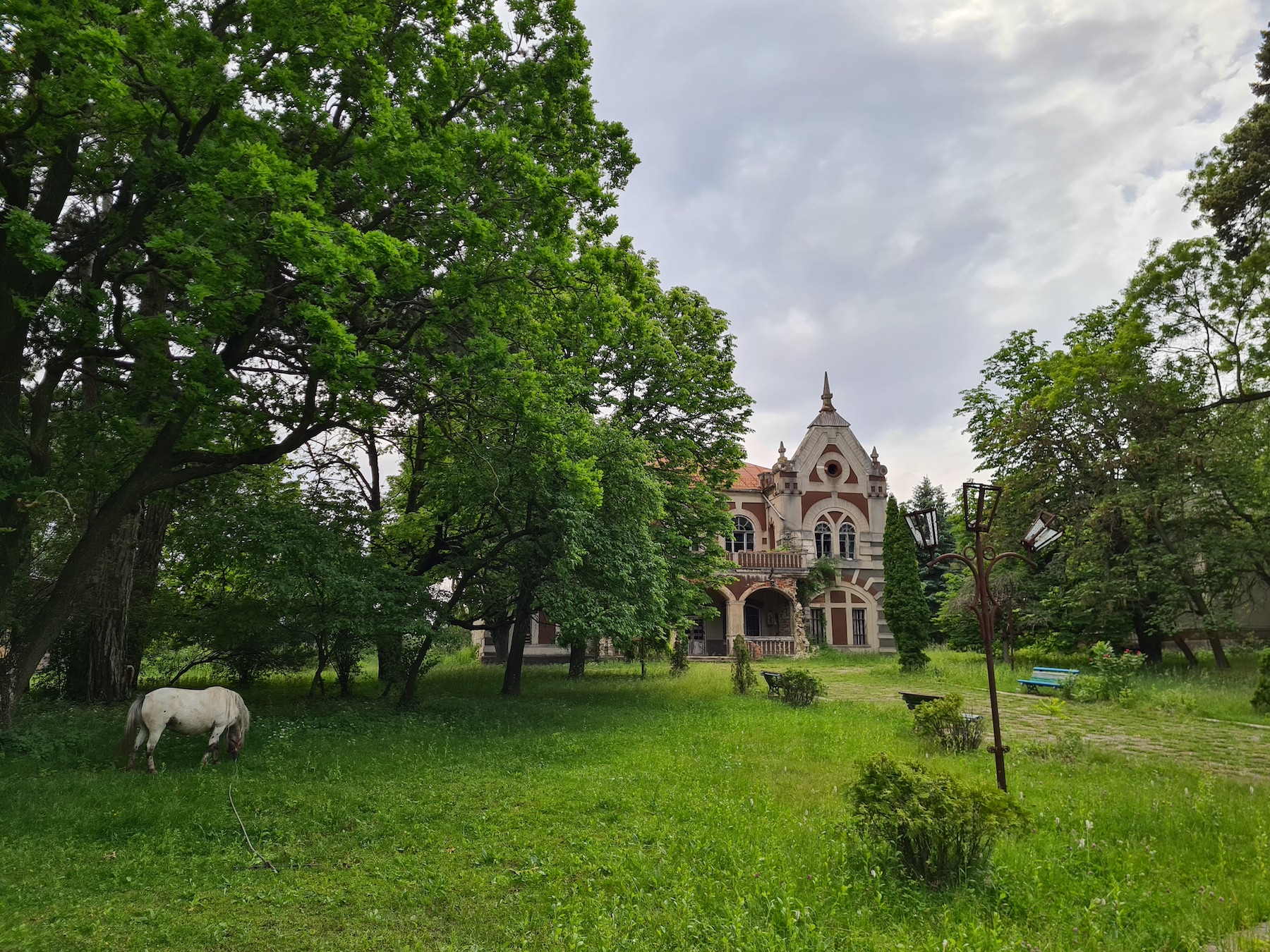
Emil Racovita (Criva) Cave – one of the world’s biggest
See on mapThe Criva Cave is an awe-inspiring reminder of nature’s handiwork, starting with its length of 89,000 meters — or more than 55 miles – on several levels. It is the world’s third-largest cave carved out of gypsum, a sulfite mineral, and the world’s 26th-largest cave over-all. Its chambers range from five to 50 meters – or 150 feet – deep. Another amazing feature is the cave’s 20 underground lakes. The cave’s walls come in many colors, and it boasts stunning stalagmites and stalactites. It was discovered by accident in 1959 when quarry workers were using explosives to dislodge chunks of gypsum, which is used for construction and in fertilizer.
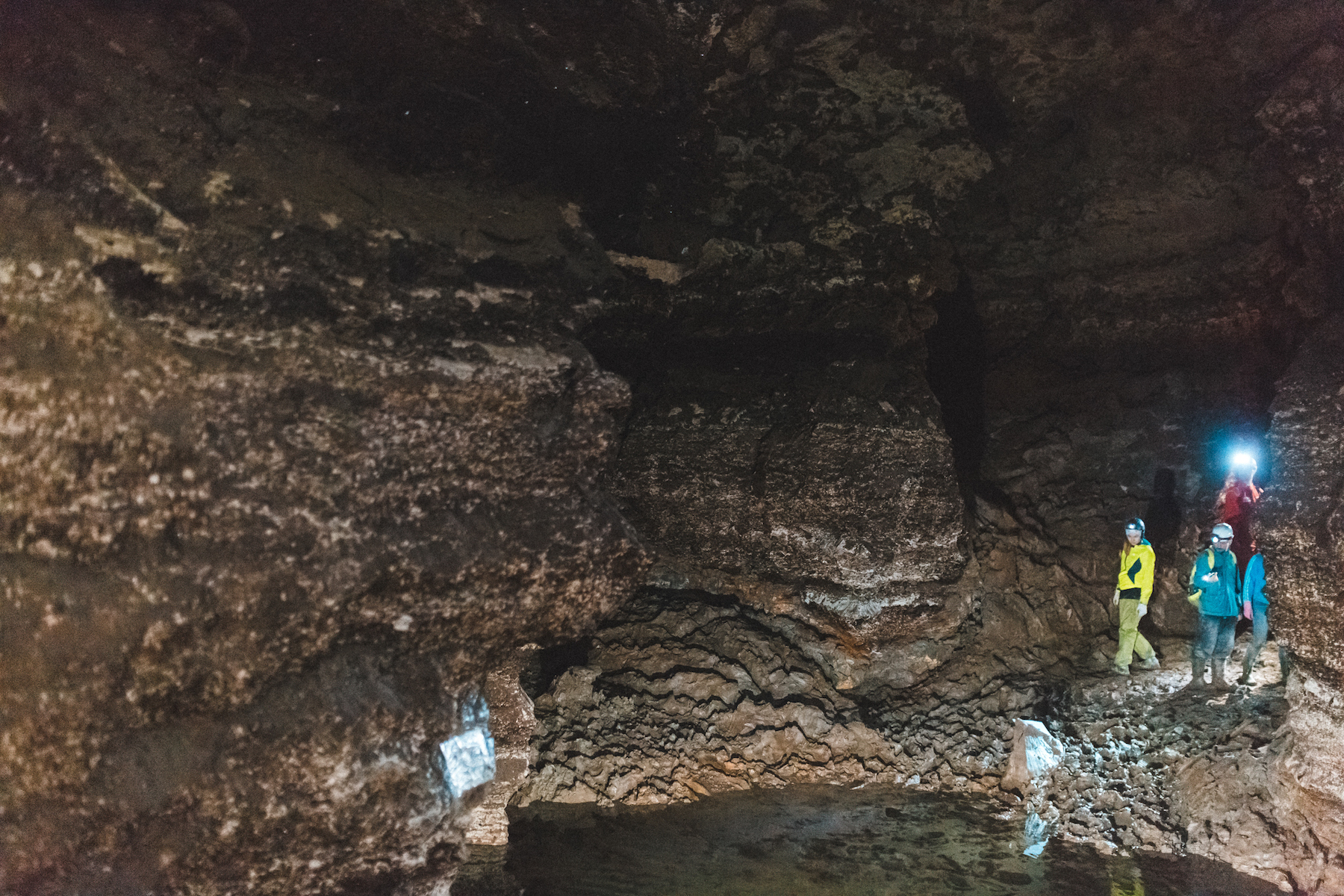
Naslavcea’s spectacular river views
See on mapNaslavcea, on Moldova’s northern border, offers the country’s most spectacular views of the Dniester River. The best vantage points are the tops of steep emerald hills rising from the riverbank. The area contains what Moldovans call the Heart of the Dniester — an island in the river shaped like a heart. Nature is incredible away from the river, too. In fact many people call this location Moldova’s Switzerland. So be sure to explore the village’s surroundings, which include the Nagoryan Caves, where locals hid when the Tatars invaded. You’ll also find manmade gems in the area, such as a centuries-old water mill.

Dumitru Matcovschi’s House-Museum
See on mapIn Vadul-Rascov village one could find the House – Museum of the poet and playwright Dumitru Matcovschi. The Author created more than 50 volumes of poetry, prose and theatre plays. The house-museum preserves the authentic architecture alongside with the household that has always been known as a well-groomed one. The Dniester River runs next to the garden of the House-Museum, which creates a picturesque atmosphere, as if taken from the fairy tales.
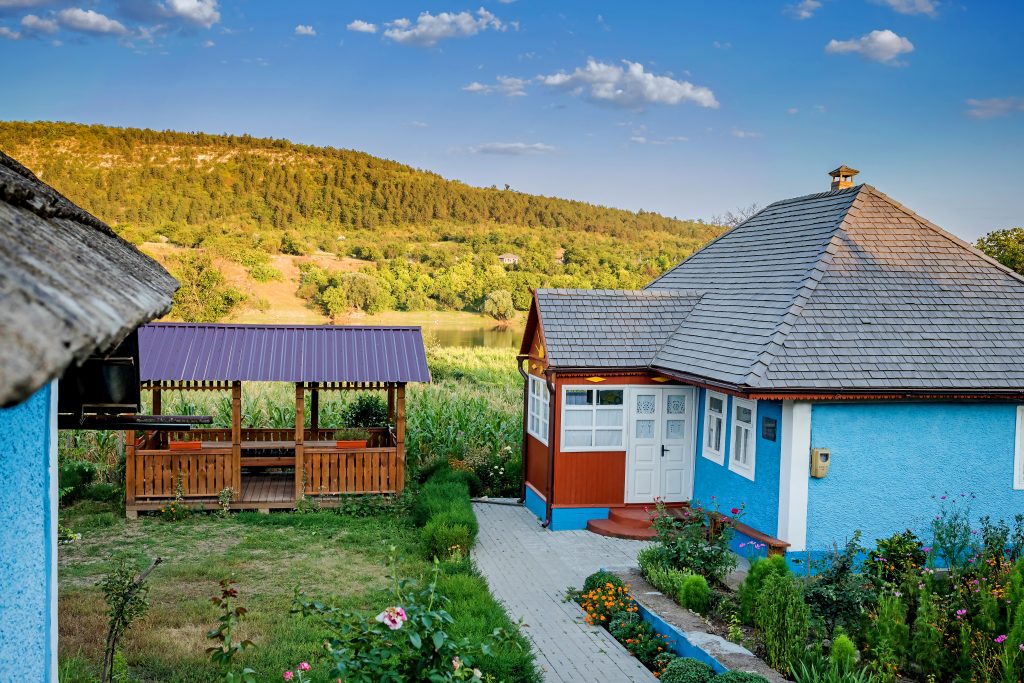
Jewish cemetery at Vadul Rascov
See on mapThe Jewish Cemetery of Vadul Rascov is a representative monument of Jewish community. People say that the Jewish cemetery here is the largest in the Republic of Moldova and one of the largest Jewish cemeteries in the Southeast Europe. Currently, there is not a single Jewish family living here, however the history of many families has left its imprint on the culture of the village.

Soroca Fortress
See on mapWould you like to go back to the 15th century and see the magnificent fortress that lived through countless battles?
If the answer is yes, then the Soroca Fortress is just the place for you. Built firstly as a wooden fortress by our greatest ruler, Stefan cel Mare, and then rebuilt in stone by his son, Petru Rares. The Soroca Fortress is the only medieval monument left in Moldova. The fortress is located on the Arcașii lui Ștefan cel Mare nr 5 street in the town of Soroca, right near the Nistru river. If you’re interested in visiting this breathtaking sight, you can get there by car or using public transport. The Soroca Fortress is open starting Wednesday until Sunday from 9:00 till 18:00. The price for adults is 15 MDL, for children aged 7 to 16 – 7 MDL, and kids under 7 can enter for free. What are you waiting for? The Soroca Fortress is ready to take you back in time and captivate you with its awesome stories.

Rogojeni Village
See on mapGracefully perched along the tranquil banks of the Răut River, Rogojeni village unfolds like a picturesque painting frozen in time. Here, the Răut River forms a spectacular Yin Yang Valley, where diametrically opposite parts complement each other, imbuing this place with a unique spiritual aura.
Local historical monuments offer valuable insights into the ancient cultures that once thrived in the area, from the ancient Cucuteni-Trypillia culture to Ottoman bridge constructions and the ruins of a Russian Empire Zemstvo school. Curiosity draws you here to explore the specific dugout-style houses, named „bașca”, ingeniously constructed right on the edge of the cliff. These distinctive residences seamlessly blend with the natural surroundings, offering a spectacular view and a sense of adventure for those who visit. You can delve into the old Rogojeni lifestyle at the local museum „Bașca lui Țîra”.

Guesthouses in the North of Moldova
Pension “La Nea Ion”
See on mapPension La Nea Ion is located close to the Țaul National Park and is the perfect place for those looking for peace and authenticity of country life.
Our guesthouse is about flowers and bees, organic honey, traditional homemade dishes (baked in the wood-fired oven), bike rides, a good evening wine by the fire and for children we have sports equipment and playground. Who is curious, can try sleeping on the bee hives.
Every guest is welcomed with love and gratitude. We look forward to welcoming you.
Vila Dora
See on mapVila Dora is a country inn with old wooden floors, huge traditional carpets and rustic furnishings near the Dniester River. The food the owners serve is not only authentic Moldovan, but as fresh as can be. The inn located in an enchanting region, both in terms of nature and spirituality. Two nearby landmarks are the Japca Monastery and Moldova’s largest Jewish cemetery in the village of Vadul-Rascov. Vila Dora is also close to the medieval fortress at Soroca and the 30-meter-tall Candle of Gratitude Monument. The writer Ion Durta came up with the idea of creating a monument to honor those who have made special efforts to preserve Moldovan culture. It was erected in 2004.
Tourist guest house La Nistru
See on mapLa Nistru guest house is located in Molovata Nouă, a special location, on the Left Bank of the Nistru River, in Codru vine and wine area. It all started back in 1970, when the location was known as the summer camp on the Dniester River. It was here that children rested during their summer holidays. Its history takes on a different scale in 2019, when at the initiative of the proprietors, the construction of an agro-tourist guest house was launched, which currently offers accommodation, restaurant, terrace, patio and playground for children. The business is also proud of its bakery that provides the camp and the guest house with fresh goodies all year around.
Hanul lui Hanganu
See on mapA good time to visit the Hanul lui Hanganu guest house is — well, anytime. Take a virtual tour of the guest house to see for yourself. In summer you can take boat rides on the Nistru and hike to Tipova monastery or take a horse-drawn carriage through the villages along the river. In winter, you can skate on the frozen Nistru River. The Tipova waterfall is also frozen then, and what a sight! It looks like an ice kingdom from a movie. After you’ve traipsed around outside for a while, your cottage stove will warm you right up. Don’t leave Hanul lui Hanganu without tasting the house specialty, miniature sarmale.
Hanul cu Noroc
See on map”Hanul cu Noroc” is an ecotourism guesthouse, located 100 m from the shore of the Stânca Costești reservoir. This is a perfect retreat for those who want to escape of urban bustle and enjoy nature, peace and fresh air with the smell of savory, acacia and linden. The guesthouse offers accommodation in an ecological environment, three houses, with six rooms each, with a total accommodation capacity of 24 people, equipped with all the necessary amenities. Just 7 minutes away from the ”Hanul cu Noroc” guesthouse, you can find the paleontological museum, one of the oldest human settlements, where the Neanderthal man lived about 250,000 years ago. Here, you can see natural mammoth teeth and hair, cave bear fossils, woolly rhinoceros, the giant deer, the bull, the broad-hooved horse.
La Moșia Eco
See on mapThe “La Moșia Eco” agro-pension is a tourist complex from the North of Moldova, specialized in the production and sale of eco vegetables and berries, certified at the national level. The story “La Moșia Eco” begins with idyllic rural landscapes, with vegetable fields and eco orchards, which testify to the place’s commitment to protecting the environment. Here, people can taste traditional dishes prepared from eco-local ingredients, giving them an authentic taste of Moldova. “La Moșia Eco” agro-pension is a place where guests are invited to connect with nature and local traditions. Guests can experience an evening by the pyre under the starry sky while listening to the sweet sound of the pan flute instrument and can choose to sleep on a hay bed looking up at the stars. It is a romantic and authentic experience that you will never forget.
Albinuța
See on mapThe “Albinuta” Rural House, located in the picturesque village of Chișcareni, is under the forest, where it smells of green grass, flowers and bee honey! It is a natural refuge, an oasis of peace where guests can experience the charm of authentic rural life and hear the hum of the region’s most industrious bees. On the territory of the “Albinuța” Rural House there is also a therapeutic cottage where bees are the doctors. Here, visitors have apitherapy sessions, led by the owner Iurie Turtureanu, who is a beekeeper with more than 30 years of experience, therapy that helps strengthen the body’s immunity and restore strength. The guests organize trips to the apiary where they can learn more about the life of bees, honey extraction and have the opportunity to taste bee products. “Albinuța” is the right place for lovers of beekeeping products, nature, peace and those who want to go on a hike to “Movila Măgura”, but do not know where can overnight in the region.
Butoiaș
See on mapButoias is a family business, located in a quiet area, in Glodeni city, near to Central Park. This guesthouse wins the hearts of its guests with its authentic charm and dedication to Moldovan traditions. Its interior decorated with ancestral items, rustic furniture, traditional carpets, fabrics and local handicrafts, return you to the past and reminds you of the simple and authentic beauty of country life. The guesthouse is suitable for those who prefer an active vacation, like cyclists and hikers looking to relax at the pool or sauna, after the hiking or cycling trips at the Nature Reserve ”Toltrele Prutului” and ”Padurea Domneasca”.
Popas Regal
See on map“Popas Regal” is a tourist agro-pension located on the edge of the village of Cobani, in the Glodeni District, surrounded by special natural views. The “Popas Regal” agro-pension is the perfect place for young people, families with children who want an active holiday, surrounded by nature. It is a suitable location for hikers, climbers and cyclists, who have the opportunity to go 1.5 km away to the “Suta de Movile” Reserve, 2.5 km – to “Cheile Butești”, 13 km – to Costești-Stânca dam, 23 km – at the Pădurea Domnească Reserve. After a hike, you have the opportunity to relax at the swimming pool or sauna, and children can play at the playground set up on the territory of the agro-pension.
